Explore Fermentation with Ferment Books
Apr 09,2020
Explore Fermentation with Ferment Books
Apr 09,2020


Fermented foods are in the spotlight for their health benefits, and they regularly grace dining tables in Japan. More and more people are discovering the pleasures of making easy-to-prepare fermented dishes like sauerkraut—cabbage fermented in lactic acid bacteria—in their own kitchen.
Homemade fermented foods are something of a craze nowadays, and a steady stream of cookbooks and other volumes devoted to them has appeared. In December 2019, a new one hit the shelves: The Great Flavor of Fermentation: An Illustrated Guide to the World’s Fermented Foods. This tome is packed with interesting information about the subject, from the history of fermentation to foods you never realized were fermented—not to mention recipes. We asked the book’s coauthor and editor Wada Yoshi to share his take on what makes fermentation so fascinating.
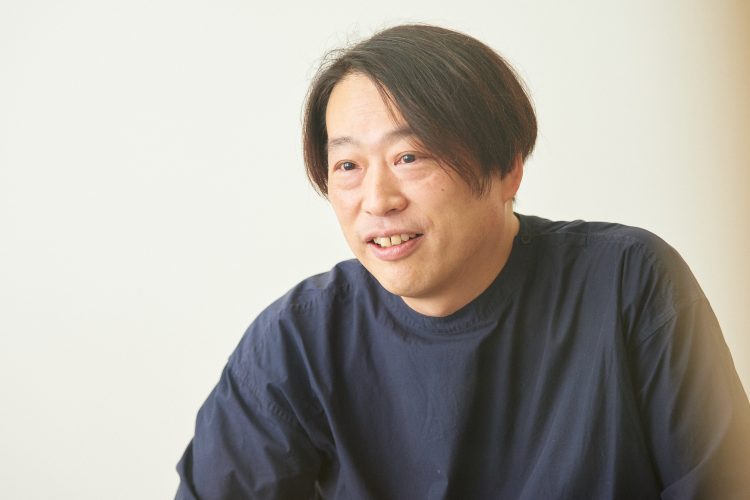
Wada Yoshi became interested in fermentation when he interviewed a Thai chef for a niche publication.
Wada Yoshi, the man behind The Great Flavor of Fermentation: An Illustrated Guide to the World’s Fermented Foods, is editor with the publishing house Ferment Books, which specializes in books on fermentation. It’s come out with such titles as Nam Pla Man and a Japanese translation of Sandor Katz’s Basic Fermentation: A Do-It-Yourself Guide to Cultural Manipulation. Yoshi used to edit books on culture, but he was drawn into the world of fermented food books when working on a self-published magazine titled Food and People Ferment.
“I’ve always loved Asian food, but I didn’t realize so many Asian foods were fermented until I did an interview with a teacher of Thai cuisine. Then I started thinking a lot about fermentation. As I learned more, I came to feel that fermentation had a lot in common with human society. Microorganisms make food taste better by fermenting it. It occurred to me that people are similarly the agents of cultural and social ferment, which makes our world more exciting.”
Many people personify microorganisms. They see their microscopic world as a microcosm of human society. Some bacteria are good guys, some are bad guys, but most just sit on the fence and may become either depending on circumstances. Fermentation thus serves as an extended metaphor, which Yoshi found fascinating. It wasn’t just that fermented foods tasted great. The entire world of fermentation left him spellbound.
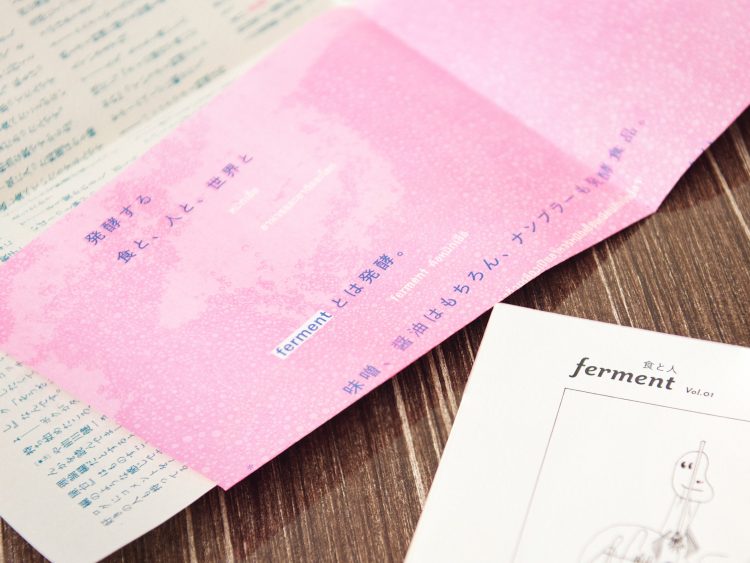
The self-published magazine Food and People Ferment aims to trigger cultural and social ferment.
“The job of an editor is to organize and synthesize the material gathered and convert it into more digestible form for the reader. That, too, is a form of fermentation. Editors thus plays the same role as microorganisms, I believe, hence the ‘Ferment’ in the name of our publishing house.”
The name Ferment Books is itself a declaration of intent. It enshrines the company’s commitment to bringing out better books—books “fermented” in house.
Having chosen a company name that signaled his resolve to focus on books about fermentation, Yoshi came across Basic Fermentation by American fermentation revivalist Sandor Ellix Katz.
“Basic Fermentation is more than just a fermented foods cookbook. Every page reflects Sandor’s philosophy that our modern industrialized diet needs a complete rethink. He says that humans didn’t invent fermentation; fermentation gave birth to humankind. That and so many of his ideas struck a chord with me, and I thought that if a Japanese translation of the book wasn’t yet available, then we should definitely bring one out. So we translated it and published it.”
Sandor’s insights even changed Yoshi’s approach to fermenting foods for his own enjoyment. When making sauerkraut, for example, the amount of salt affects the activity of the bacteria that promote fermentation. Yet Sandor writes that he’s never measured it precisely, and that has influenced Yoshi.
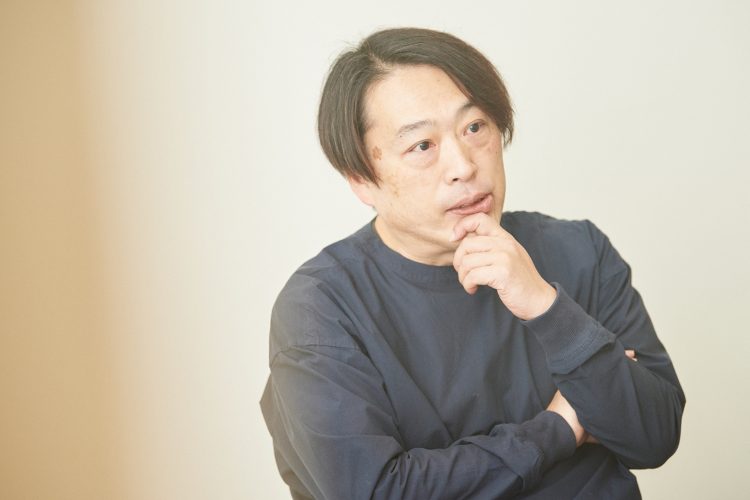
Wada Yoshi has even tried making the sweet Thai alcoholic beverage khao mak at home.
“First you have a go at doing things the way you think you should, and if that doesn’t work out, you try again. It’s fun to observe that process while working with the ingredients and imagine what’s going on as things ferment. People tend to think of fermentation as all very complicated. They think it’s for experts, or you have to follow the recipe exactly. But even if you don’t do everything by the book, the taste will be fine. By developing a better understanding of the theory and process of fermentation as you work on your creation, you can ensure you’re less likely to botch things even if the ingredients change. Of course, we’re talking about food here, so you need to be careful about guarding against the risk of spoilage. Still, I found that being adventurous and seeing what would happen if I tried something different greatly increased my enjoyment of fermentation.”
Fermentation is close to Yoshi’s heart both on and off the job. When working on a book, he is always “eager to convey the message that there’s a lot more fun to fermentation than just making something and eating it.”
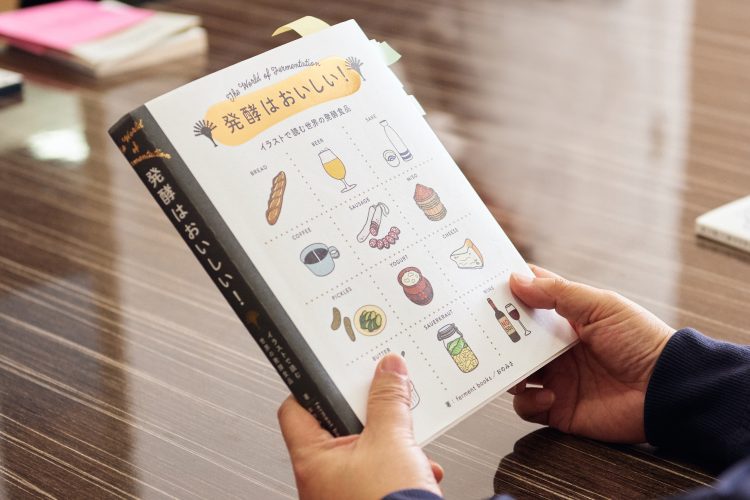
Another catalyst for the book was meeting koji food expert and illustrator Ono Misa.
“For example, when writing The Great Flavor of Fermentation: An Illustrated Guide to the World’s Fermented Foods, I wanted to convey the joys and wonders of fermentation from every possible angle. So I read books and research papers on the subject to search for information and personally visited factories at home and abroad. It took almost two years to complete the book. But it was worth it. It made it possible to incorporate everything from straightforward, textbook-like explanations to nuggets of knowledge for the true aficionado. Readers learn that some microorganisms are wild while others are domesticated. They learn of differences in how fermented foods are handled depending on country and religion. And they get to read an account on my visit to a nam pla factory in Thailand.”
Yoshi made a point of including all kinds of miscellaneous information not found in previous books on fermentation. That is a tribute to his dedication as the editor of Ferment Books. He wants to help readers discover new and exciting aspects of fermentation. He wants them to realize that fermentation is all around us—and find more ways to enjoy it. He hopes that the book “will tempt those who’ve never tried fermenting food at home to have a go at it.”
“There’s nothing wrong with making things exactly as the recipe says, but it’s also fun to get a ferment going yourself and see what happens. That, I think, makes fermenting more meaningful. The same is true of our daily lives as members of human society. Don’t worry too much about the theory. Just start fermenting!”
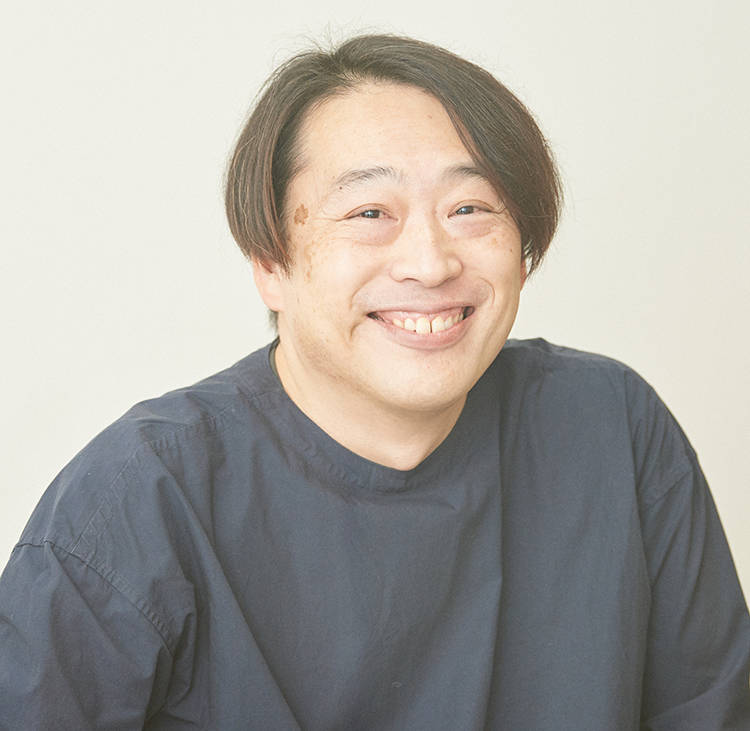
Editor at Ferment Books, a boutique publisher specializing in books on fermenting and food. In December 2019, Yoshi came out with the book The Great Flavor of Fermentation: An Illustrated Guide to the World’s Fermented Foods (in Japanese; published by PIE International), coauthored with illustrator Ono Misa. This is an easy-to-follow illustrated guide to some 250 fermented foods from Japan and around the world. It’s proved such a hit that it’s already slated for a second printing.